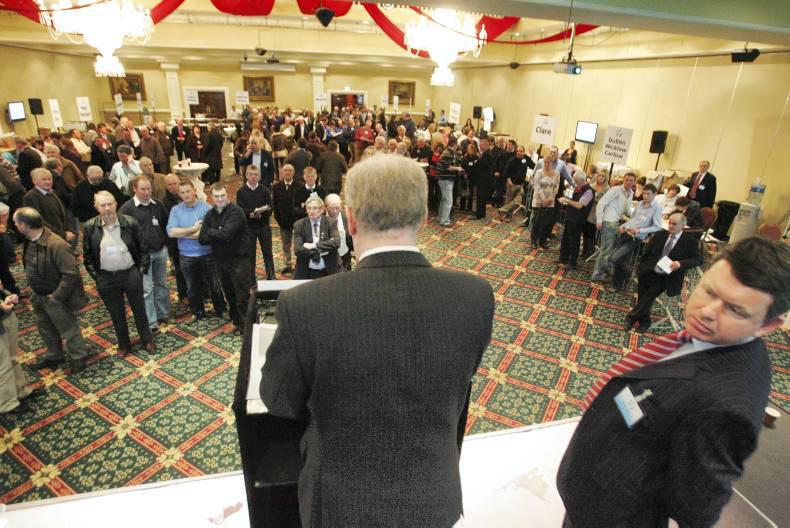The statement released following the latest marathon meeting of the IFA executive council restricted itself to saying that all national positions must be filled by the end of April.
Working backwards, that is likely to see branch voting taking place between 10 and 20 April, with time left for the count and a meeting of the executive council to elect a treasurer/returning officer.
How voting works
The IFA election is run in a unique way. Each member has a single vote. The vote is cast at a meeting of the local branch. You vote for candidates in order of preference, and your vote is transferable; should your first preference be eliminated, your vote goes to your second preference. Those votes are placed in a sealed envelope and the seal is signed by the branch chair and the presiding officer, who is always from outside the branch. These votes are then brought to the national count centre.
The count
Each branch is effectively its own constituency. Whoever gets the most votes in the branch carries its vote.
There is one further complication – weighted voting. Branches come in all shapes and sizes. The minimum voting quorum in a branch is eight members. For instance, last time Carrigaline had 128 voting members, Navan saw 160 members vote, and both Durrow and Mountrath had a whopping 178 voters.
The weighted vote was introduced as part of the Dowling reforms to recognise and reflect the disparity in branch size, while maintaining the mini-constituency nature of the vote. This system awards a vote to the branch for every 25 members who vote. This means Durrow carried eight votes and Navan seven votes last time out.
The person who wins the branch carries all of its votes. Some say this is unfair, and want a simple one person, one vote system, but there is no doubt that the system leads to a vigorous and exciting election right through the country.
Every branch matters and every vote in each branch, however small, becomes precious.
